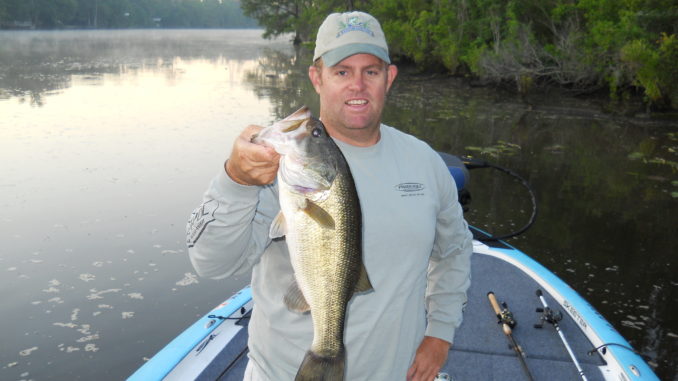
There is no scientific distinction for the largemouth bass caught in the tidal brackish marshes of South Louisiana. Sometimes referred to as “green trout,” they are not related to trout. They are black bass and not considered an official sub-species.
According to those who pursue them, the main difference between marsh bass and the largemouth bass found in more stable environments is that marsh bass must be more mobile to survive. Changing salinity levels, weather conditions, wild swings in tidal levels and food availability require these fish to move sometimes over significant distances to find the right conditions.
As a result, they generally do not grow to the size that bass in more stable environments reach. Most marsh bass do not grow larger than 5 pounds unless they are in areas that have been stocked with the Florida strain of bass.
Marsh bass are voracious feeders because they require more energy to be adaptive and feed on a wide variety of forage such as crabs and shrimp. For anglers, this insatiable appetite makes them easier to catch than their cousins living in lakes, reservoirs and rivers. In those areas, a catch of eight to 10 bass would be considered a good day. In the marsh, it is not uncommon to catch up to 50 marsh bass in a day (keep in mind that the limit is 10 per person).